The plant Nolina is a member of the Agave family. In the wild, it is mainly found in the southern United States as well as Mexico. Such a plant has a different botanical name - bokarnea. People call it "Horse's tail", which is associated with the shape and placement of leaf plates, and for the shape of the trunk, the bokarney is called "elephant's foot".
Indoor nolina is not a very tall bush. In such a bottle plant, the trunk is widened at the base. This expansion acts as a reservoir in which water accumulates, it is used by the plant during a long dry period, while thin leaf plates do not allow the liquid to evaporate very quickly, thanks to which this crop is distinguished by its drought tolerance. Nolina is very easy to cultivate. A low planting capacity is used, since the root system does not go deep into the soil, because in the wild, such a plant prefers rocky soil. Nolina is grown as an ornamental deciduous plant, since at home it almost never blooms. It looks great as a single plant.
Content
Brief description of cultivation
- Bloom... Nolina is grown as an ornamental deciduous plant, while at home it does not bloom.
- Illumination... The plant needs bright diffused light throughout the year.
- Temperature conditions. In spring and summer, the temperature should be room temperature, and in winter, such a culture needs coolness (from 10 to 12 degrees), but the temperature should be reduced gradually.
- Watering... You need to water using the bottom watering method. In spring and summer, it is necessary to water the bushes abundantly immediately after the earthen lump is completely dry. In winter, it must be watered sparsely.
- Air humidity... Normal.
- Fertilizers... There is no need to feed Nolin. This is done only in rare cases as needed, while using a solution of mineral fertilizer, the concentration of which should be 4 times less than what is written in the instructions.
- Dormant period... November – March.
- Transfer... You need to transplant at the end of the rest period.Up to three or four years old, bushes need to be transplanted every year, while older specimens - 1 time in 2 or 3 years.
- Soil mixture... Leafy land, peat and sand (1: 1: 2).
- Reproduction... Seed method and shoots.
- Harmful insects... Mealybugs, scale insects and spider mites.
- Disease... Rotting trunk.
Caring for nolina at home
Illumination
Nolina needs diffused and bright light throughout the year. When grown indoors, it should be protected from direct sunlight. In this regard, for growing such a flower, it is recommended to choose windows of western or eastern orientation. If a southern window sill is chosen for this, then the pot must be placed away from the window. In winter, during the dormant period, the bush needs bright light, in this regard, it most often requires additional artificial lighting.
Temperature regime
In spring and summer, during the growing season, the plant needs room temperature, while it does not need special conditions. If in winter you can grow a flower in a cool place (from 10 to 12 degrees), then from September the temperature should be lowered, but they do it gradually. This will prepare the bush for the dormant period. If in winter nolina is at a temperature above 18 degrees, then there will be no rest period, while its growth will last all year. In the summer, the bush can be moved to fresh air, it must be protected from gusts of wind and precipitation. Draft is detrimental to this culture.
How to water
In spring and summer, water should be abundant, but not very often. To do this, the container with the flower must be completely immersed in the liquid; it must be pulled out after the soil mixture is completely wet. Then you need to wait 30 minutes for the excess liquid to drain. Water the bush only when the clod of earth is completely dry. Stagnant water in the substrate can kill the plant. The same irrigation regime is necessary for nolina if she is in a room with a high temperature in winter. If in the winter time the room is colder than 15 degrees, then watering should be accurate and more rare. If the flower hibernates at a temperature of 10 degrees or below, and it has a dormant period, then watering is suspended until spring. It should be borne in mind that if in winter a plant contained in a cool room is flooded, then there is a high probability that it will die.
Spraying
If nolina grows at home, then moistening it from a sprayer is not necessary, since this procedure is more conducive to moistening the soil. In the wild, the foliage of such a flower collects morning dew, which then flows down to the middle of the outlet and along the trunk to the ground. Spraying is recommended only for hygienic purposes, for this the bush is moistened from a sprayer, and then its leaves are wiped with a moistened clean sponge or rag. Experts recommend watering such a culture with well-settled soft water, it is better to use boiled water.
Top dressing nolina
If the room nolin is provided with proper care, then it will grow and develop quite normally without fertilization. If desired, feeding can be carried out in the spring-summer period, while the concentration of the nutrient solution used should be half the recommended one. To do this, use a complex mineral fertilizer, while you can feed Nolin no more than 1 time in 3 weeks. Top dressing is recommended to be carried out immediately after watering the bush or it is watered immediately before fertilizing.
Transfer
Low but wide pots are used for planting and transplanting, because such a culture has a superficial root system. This is due to the fact that in natural conditions, nolina prefers to grow on rocky ground.At the bottom of the pot, you need to make a sufficiently thick drainage layer, thanks to which, after watering, excess water can leave the substrate. To prepare the substrate, it is necessary to combine peat, leafy soil and sand (1: 1: 2). You can take a soil mixture of this composition: peat, sand, sod, leafy and humus soil, everything is taken in equal parts. There is also a simpler option: combine garden soil and coarse sand (1: 1), it is recommended to pour a small amount of small stones into the mixture.
The transplant is carried out as needed, when the root system becomes cramped in the pot. Before the bush turns 3 or 4 years old, the transplant is carried out annually, while more mature plants are subjected to this procedure 1 time in 2 or 3 years. The planting of the bush is carried out at the same depth at which it grew before, while the first watering is carried out only after 4–5 days.
Reproduction of nolina
Growing from seeds
As a rule, when grown indoors, flower growers prefer to propagate nolin by seed, despite the fact that it is quite complex. For sowing seeds, you need to take a substrate consisting of sand and peat (1: 1). Immediately before sowing, the seed is placed for 1-2 days in a solution of a growth stimulating agent, or in clean water. Then the seeds must be evenly distributed on the surface of the soil mixture, the distance between them must be at least 20 mm. Then they are sprinkled with the same soil mixture, while the thickness of the layer should be equal to the width of the seed. The pot is removed in a well-lit place, while at night the seedlings will need to be illuminated with fluorescent lamps. Crops should be kept warm (at least 20 degrees), while it is better if the temperature is kept at 24-25 degrees. Cover the container on top with a film. Crops must be provided with systematic ventilation, which is carried out after the appearance of condensation on the shelter. It is necessary to water the substrate very carefully, there should not be stagnation of liquid in it, however, it should not be allowed to dry out either. The first seedlings should appear within 4 weeks.
Fortified seedlings should be cut into individual pots, while the substrate should be used the same as when transplanting nolina (see above). Care for seedlings is the same as for adult bushes.
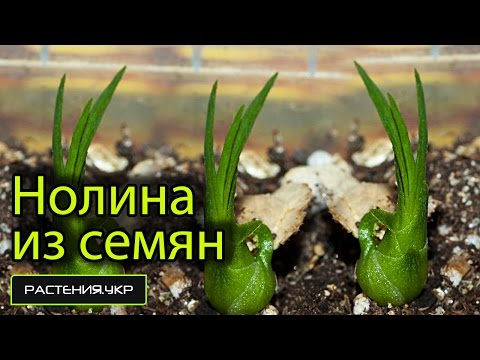

Watch this video on YouTube
Reproduction of nolina by shoots
For propagation of such a culture, shoots are used. First, you need to carefully cut off the lateral process from the parent bush, then it must be planted in a container filled with soil mixture, which includes sand, vermiculite and peat (1: 1: 1). Take a peg and make a small hole in the soil mixture, a shoot is placed in it, around which the substrate is then well compacted. The pot must be removed to a warm (approximately 24–25 degrees) and well-lit place, the process should be covered with a glass jar on top. The shelter must be systematically removed to ventilate the plant and moisten the substrate from the sprayer. After the flower has grown a couple of young leaf plates, the shelter is removed for good, and the care for the bushes is provided the same as for adult plants.
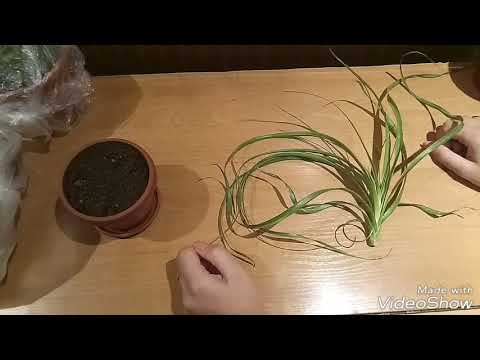

Watch this video on YouTube
Possible problems
When growing nolina, problems can arise with it when it is improperly looked after.
Young foliage grows faded and shallow... Most often, such a problem when growing nolina arises due to the fact that it is grown in a poorly lit warm place.
The tips of the leaf plates turn brown... This problem occurs in most indoor flowers. This is due to the fact that the room has extremely low air humidity.
The trunk becomes very thin... As with all bottle plants, the trunk of nolina becomes thin when the substrate constantly contains a lot of water.If the bush is watered very often, without waiting for the soil mixture to dry out completely, the trunk becomes thin, since liquid does not accumulate in it, because there is no need for it. In order for the shape of the trunk to remain bottle-shaped, it is necessary to water the nolin only when the clod of earth is completely dry.
Trunk decay... The trunk begins to rot due to stagnation of liquid in the substrate, which is observed due to excessively frequent watering. This procedure is carried out only after the earthen lump is completely dry.
Pests
The plant is highly resistant to harmful insects, but in some cases scale insects, mealybugs or spider mites can settle on it. For prevention purposes, it should not be allowed that the air in the room was excessively dry, while the foliage should be regularly wiped with a damp sponge.
Types of nolina with photos and names
Nolina longifolia
Also called long-leaved bokarnea (Beaucarnea longifolia). In middle latitudes, this species is most often grown in greenhouses, since it is almost impossible to create optimal conditions in an apartment. In the wild, this species is a tree with a strong trunk, the surface of which is covered with cork-like bark. Old leaf plates dry up and are observed to sink along the trunk, as a result they form something similar to a skirt. The large paniculate inflorescence consists of many creamy white flowers.
Nolina lindheimeriana
Or bokarnea Lindemeira (Beaucarnea lindheimeriana). This plant has almost no trunk. Thin long leaf plates are distinguished by their strength. This type of people is also called the "devil's lace". This type is the lowest in comparison with others. The composition of not very large paniculate inflorescences includes small flowers. This species is cultivated only in botanical gardens and greenhouses.
Nolina matapensis
Or bokarnea matapskaya (Beaucarnea matapensis). Plants of this species are slightly taller than Nolina Lindemeira, but they are also stunted, since their height does not exceed 200 cm. Dried old leaf plates sag, as a result of which something like a skirt is formed on the trunk. Large paniculate inflorescences consist of whitish-yellow flowers. At home, this species cannot be cultivated.
Nolina recurvata
Or bent bokarnea (Beaucarnea recurvata). The barrel is bottle-shaped, expanding towards the base. Its height in the wild reaches 10 meters, and at home it does not exceed 2 meters. At its top are linear, long, narrow, hanging leaf plates, which are assembled into a socket. The dark green foliage is about 100 cm long and about 20 mm wide, and is leathery to the touch. Exposure of the lower part of the trunk is gradually observed. Foliage is used as a raw material for making baskets and sombreros. At home, it almost does not bloom. In the wild, a panicle-shaped inflorescence appears on the plant, consisting of cream flowers.


Watch this video on YouTube

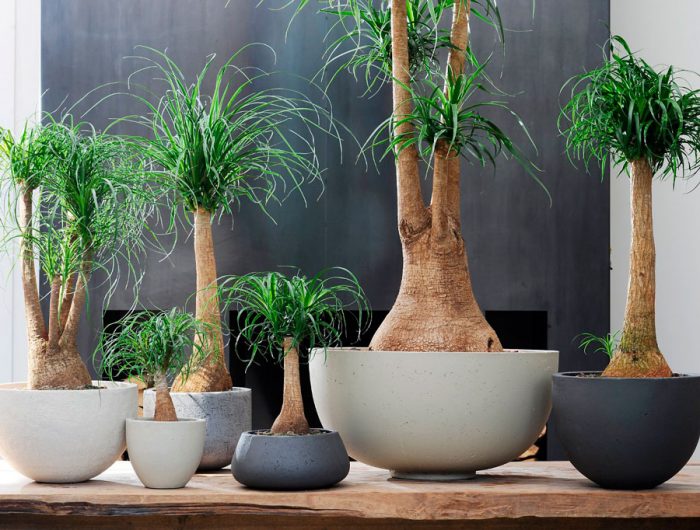
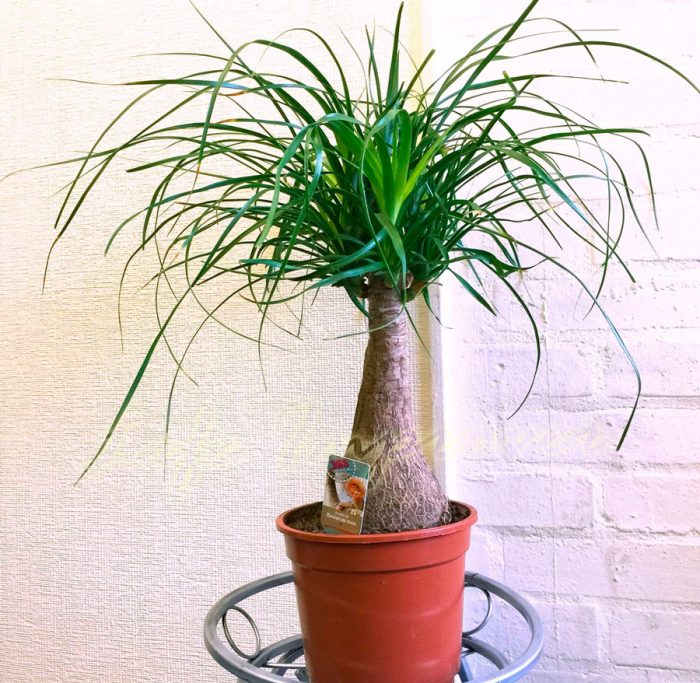
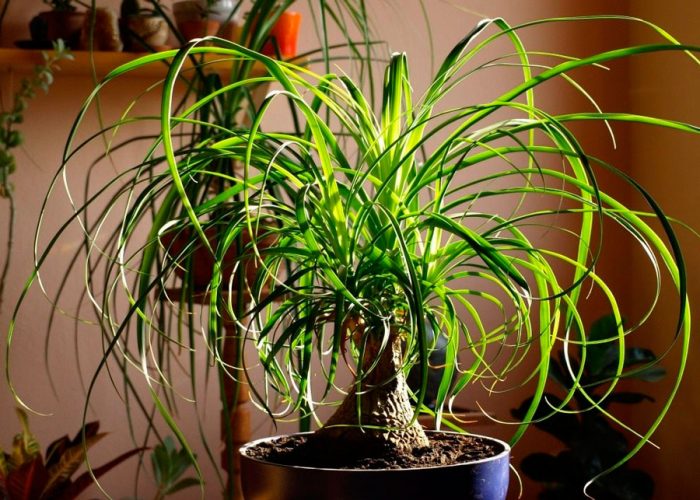
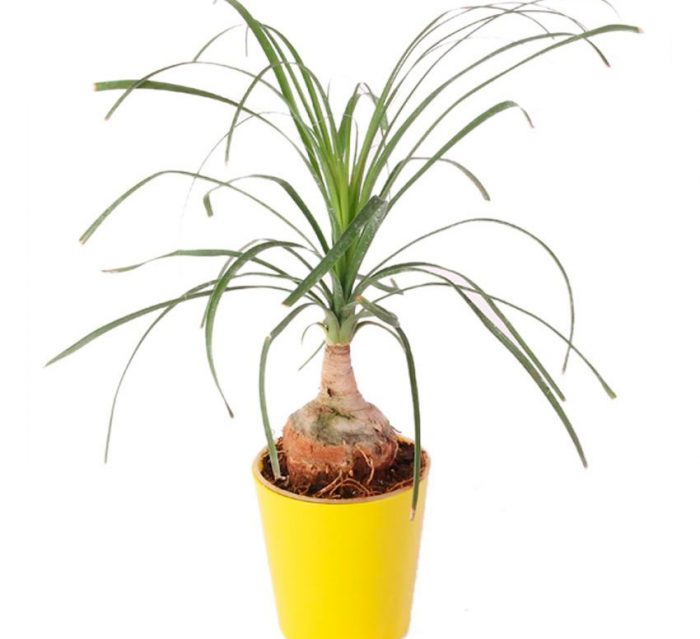

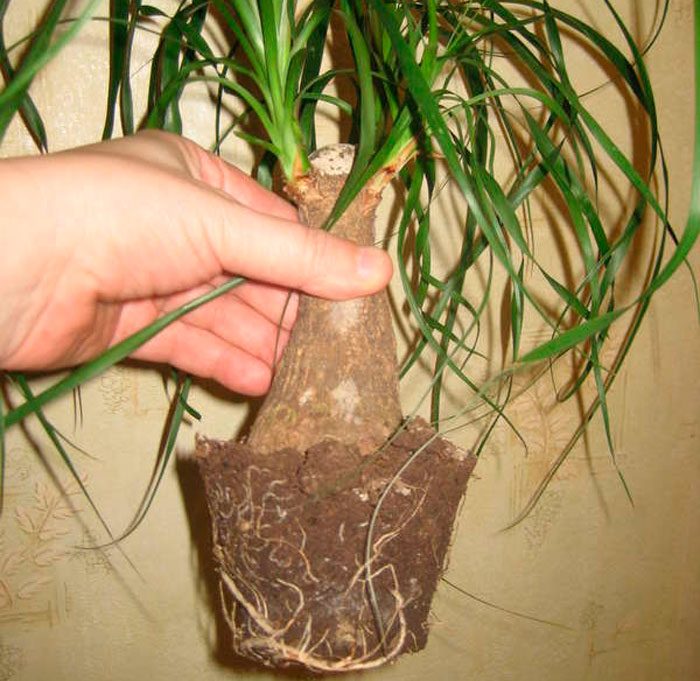
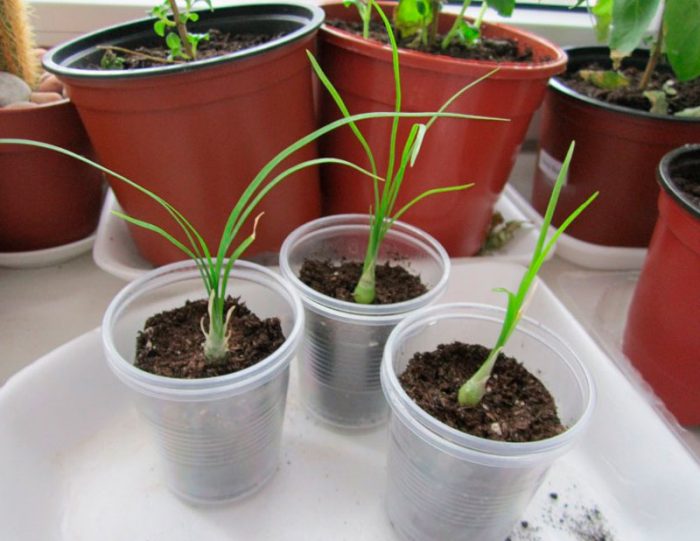
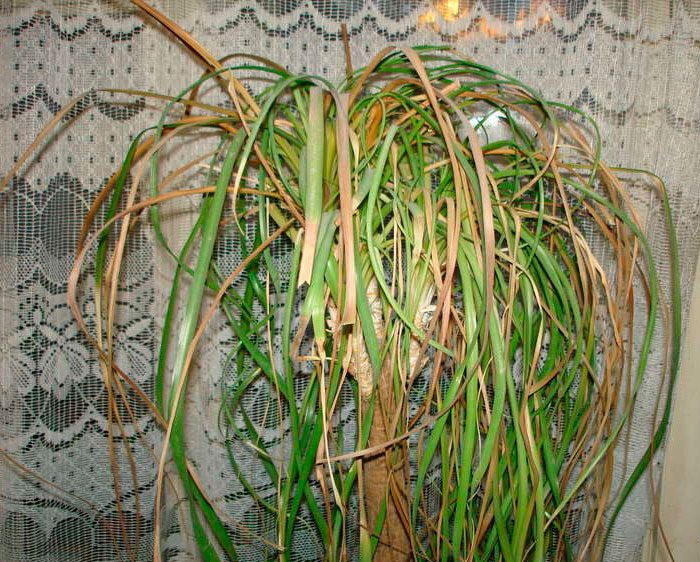
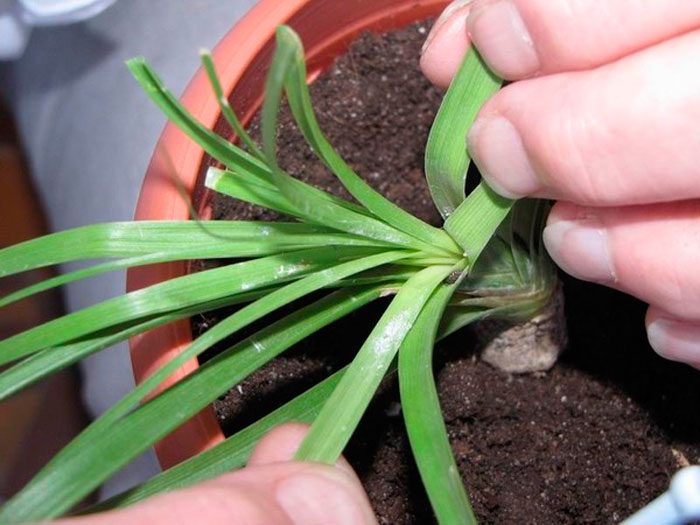
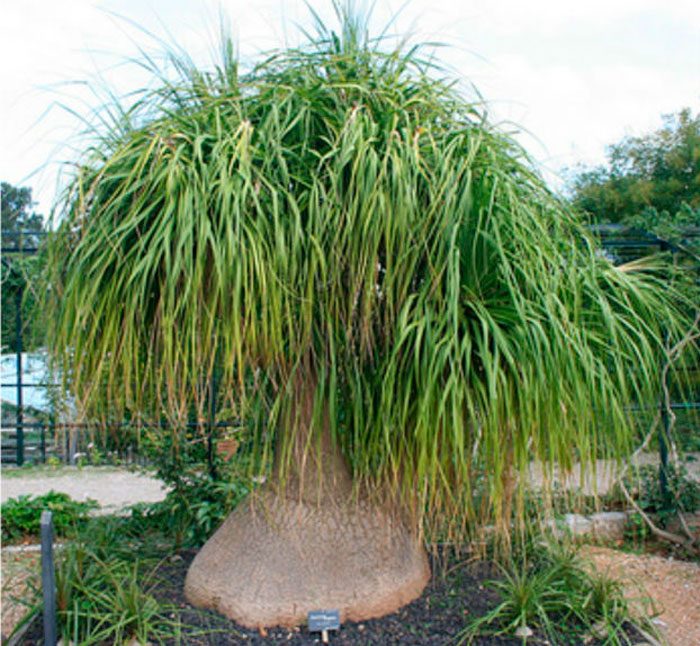
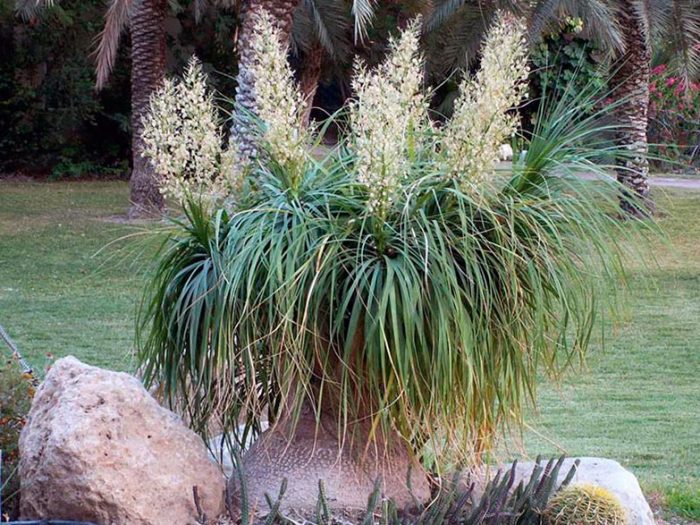
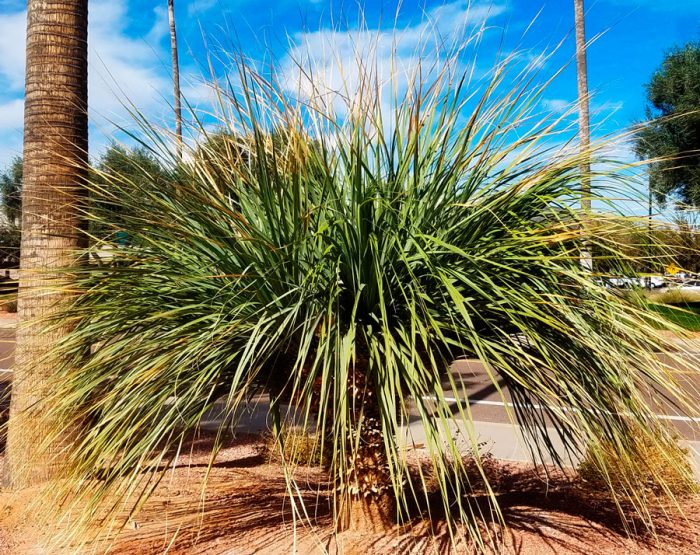
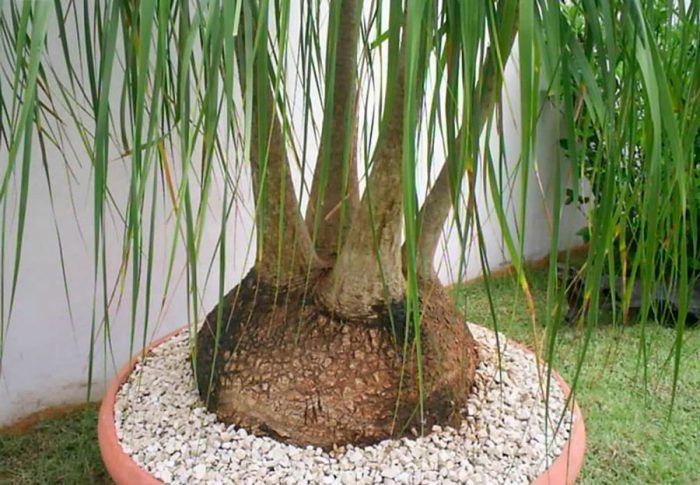




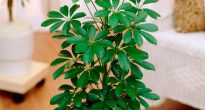
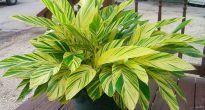


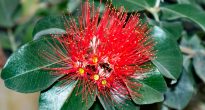

Thank you so much ! The catalog helped me find the flowers I was looking for.
Please tell me what mistakes in care lead to the fact that the leaves "break"? that is, they do not stand as a lush bush, but they break, as if the leaf lacks "hardness"?